Summary | Excerpt | Reading Guide | Discuss | Reviews | Beyond the book | Read-Alikes | Genres & Themes | Author Bio
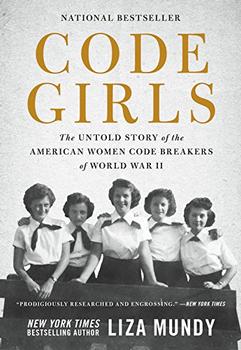
Critics' Opinion:
Readers' Opinion:
First Published:
Oct 2017, 432 pages
Paperback:
Oct 2018, 432 pages
 Book Reviewed by:
Book Reviewed by:
Kim Kovacs
Buy This Book
History books that focus on World War II are often peppered with accounts of military strategy and action, or reports of brave soldiers fighting and dying far from their homes to preserve freedom. Seldom featured are the everyday men and women who contributed to the war effort behind the scenes. Liza Mundy's latest work, Code Girls, takes advantage of recently declassified government documents to highlight the little-known work of the hundreds of women involved in cracking Japanese and German encryption to help bring WWII to a successful conclusion.
The code-breakers' stories are not only fascinating, they're enlightening; unbeknownst to most, their contributions had far-reaching effects long after the war and cannot be overstated. The author writes of these women: "They laid the groundwork for the now burgeoning field of cybersecurity, which entails protecting one's data, networks, and communications against enemy attack.They pioneered work that would lead to the modern computing industry...It was women who helped found the field of clandestine eavesdropping—much bigger and more controversial now than it was then—and it was women in many cases who shaped the early culture of the NSA."
Mundy highlights many individual women, and although a few "Eureka!" moments are illustrated (such as when Genevieve Grotjan, a 27-year-old-math teacher from Buffalo, found the key to a cypher used by Japanese diplomats), it's mostly a story of collective contribution. We learn that contrary to the popular myth of a lone genius who looks at a problem and figures it all out on his or her own, "codes are broken not by solitary individuals, but by groups of people trading pieces of things they have learned and noticed and collected."
Although readers will get to know some of them better than others, overall the author gives us a jigsaw puzzle-like picture of dozens of the young women – small tidbits that form an unexpected but captivating tableau. We learn about the many different types of people involved in the code-breaking effort – their backgrounds, their rationales for volunteering or enlisting, how they spent their limited free time, and how they contributed (even if it was just perusing endless streams of numbers, day after day, in search of a pattern). In spite of the vast cast of characters, the author really shines in her ability to bring each to life and give her a personality of her own.
Beyond a peek at the lives of the code-breakers themselves, readers get a real feel for America at war. She discusses the social changes that were taking place as a result of this all-encompassing event. "[N]ewfound freedoms were changing the women's lives," she writes. "Men, now, were the ones avid to get married. Men were the ones who wanted to have someone back home to write to; someone to produce an heir by; someone waiting when they came back from war, wounded or whole. Women—often—were the ones holding out for a bit more time to think."
There are several sections where Mundy goes into detail on how various cryptographic techniques were used to encrypt messages and how the codes were broken. I found these sections dragged somewhat, but I suspect many readers will appreciate the arcane information included on specific techniques, such as how versions of the Vigenère Square (a method of disguising letters using a tabular method dating back to the Renaissance, according to the author) were employed and ultimately cracked. Overall I found the book an absorbing portrait of not only these marvelous, brilliant, hard-working women, but of the era just before, during, and after WWII in the United States. It was intriguing to read an account of what it was like to live in the country during a time when every citizen contributed to the war effort in very tangible ways.
Code Girls will likely appeal to a wide audience; anyone with an interest in WWII history — both fiction and nonfiction readers alike — will find much to love here.
![]() This review was originally published in The BookBrowse Review in October 2017, and has been updated for the
October 2018 edition.
Click here to go to this issue.
This review was originally published in The BookBrowse Review in October 2017, and has been updated for the
October 2018 edition.
Click here to go to this issue.

If you liked Code Girls, try these:
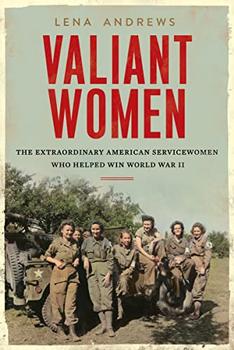
by Lena S. Andrews
Published 2024
A groundbreaking new history of the role of American servicewomen in WWII, illuminating their forgotten yet essential contributions to the Allies' victory.
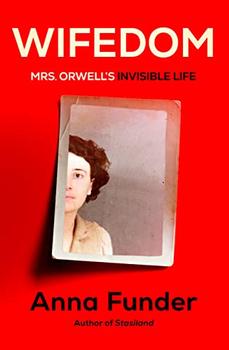
by Anna Funder
Published 2023
This is the story of the marriage behind some of the most famous literary works of the 20th century - and a probing consideration of what it means to be a wife and a writer in the modern world.
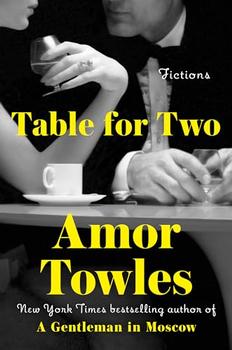
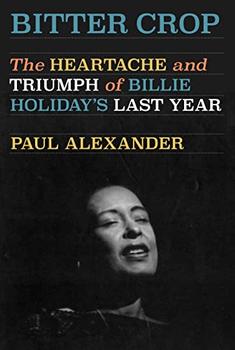
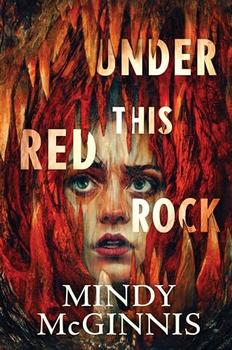
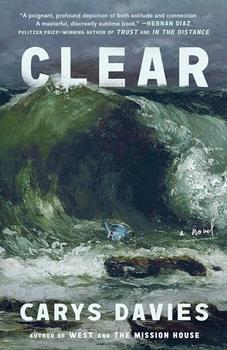
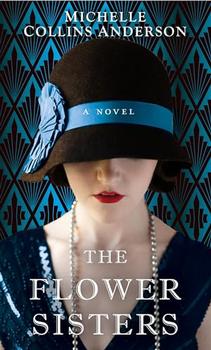
The Flower Sisters
by Michelle Collins Anderson
From the new Fannie Flagg of the Ozarks, a richly-woven story of family, forgiveness, and reinvention.
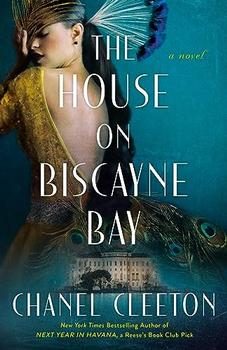
The House on Biscayne Bay
by Chanel Cleeton
As death stalks a gothic mansion in Miami, the lives of two women intertwine as the past and present collide.
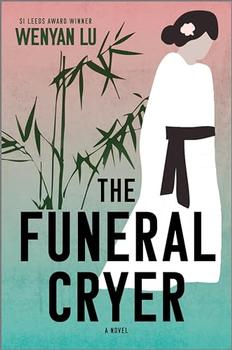
The Funeral Cryer by Wenyan Lu
Debut novelist Wenyan Lu brings us this witty yet profound story about one woman's midlife reawakening in contemporary rural China.
Your guide toexceptional books
BookBrowse seeks out and recommends the best in contemporary fiction and nonfiction—books that not only engage and entertain but also deepen our understanding of ourselves and the world around us.